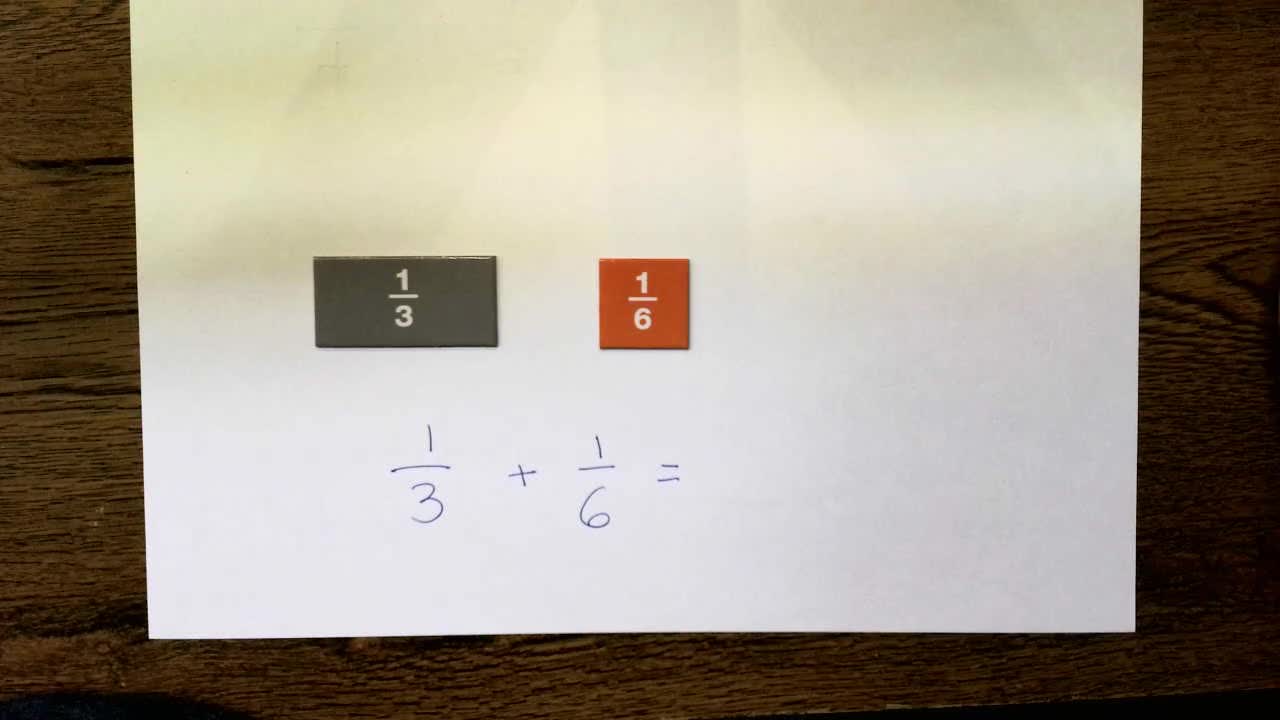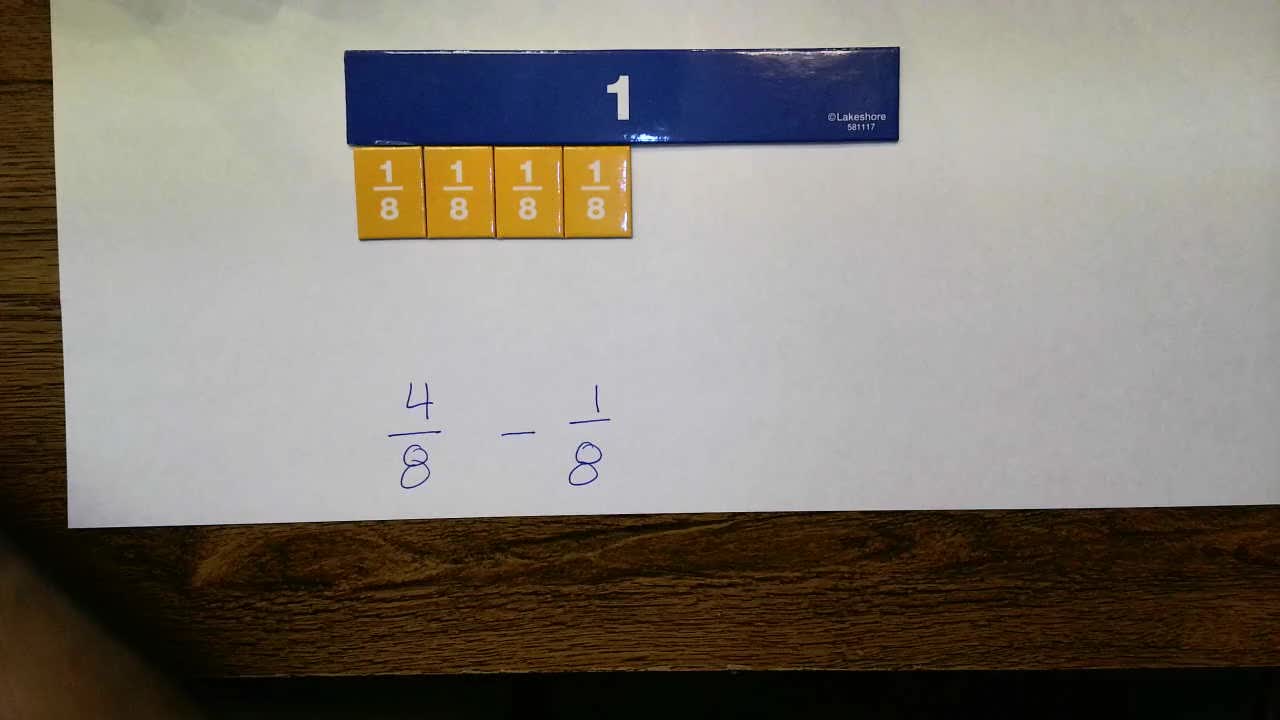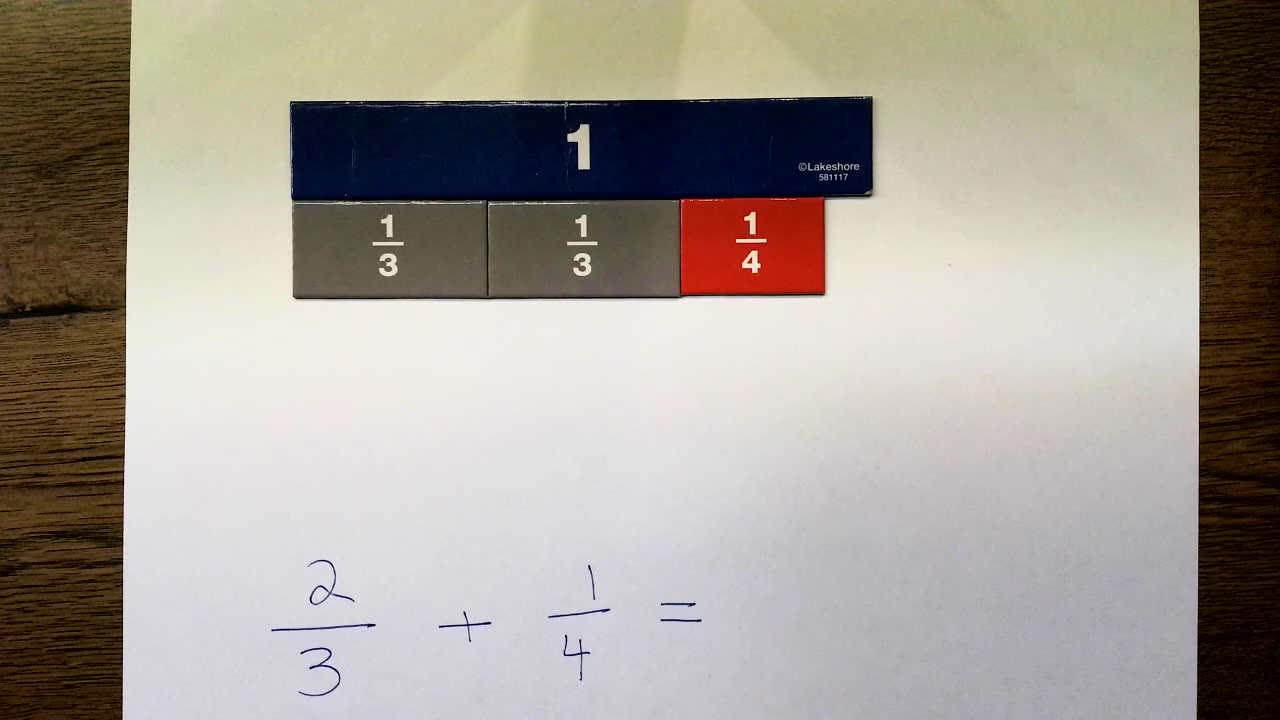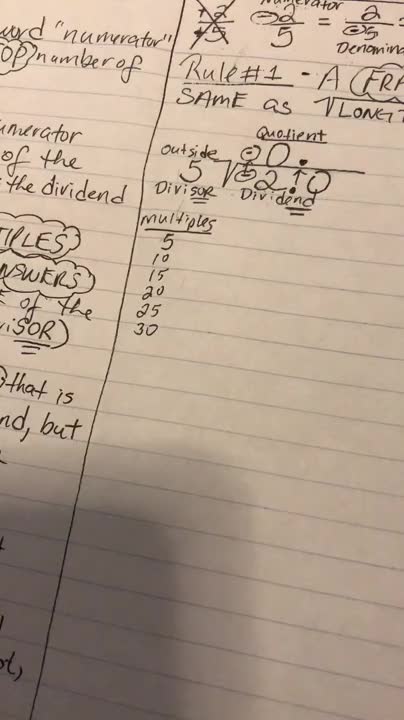Direct Variation
Elementary / Math / Ratios and Proportions
Welcome to Moomoomath Today we are solving with proportions and working with direct variation. Let's look at this direct variation word problem. Drew gets paid hourly at his job. If Drew gets $50 dollars for a $5.00 hour shift, how much will he be paid for a $7.00 hour shift? Find K and write an equation to solve this question. This question is actually asking us to find K which is the direct variation formula. The direct variation formula equals y=kx, where k is the constant you will use like a slope of a line. So we have to figure out what we have and what we are trying to figure out. If he gets $50 dollars, and he is working a 5 hour shift, which is x and which is y? The y is dependent on x so depending on how many hour he worked depends on how much money he is paid, so that means the hours he works is our independent variable or x, and our payment is the dependent variable on the number of hours he works is y. I will plug in 50 for y and k is the constant and 5 is x or independent variable. Now let's solve for K which is 50. I generally put the variable behind the coefficient which is 5k and divide both sides by 5 so 10 is equal to k. Therefore, our constant is 10, but what is our equation? To write a direct variation equation all we do is plug in our values for k and the equation will become y=10x . Now we can use this equation to solve any number of hours that he works. The question is asking us how much will he be paid for 7 hours of work. Again the hours will be our independent variable, plug it in for x and solve for the dependent variable or y so he will make $70 because he is paid $10 dollars an hour. For a 7 hour shift he makes $70 dollars, and that is how you solve a direct variation problem. Hope this video was helpful.

























